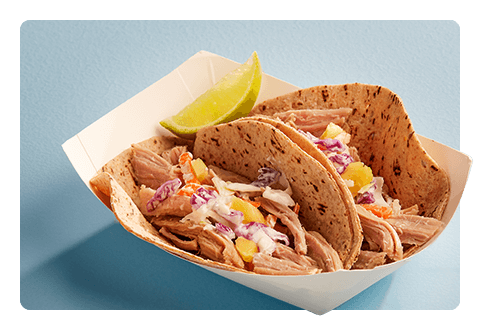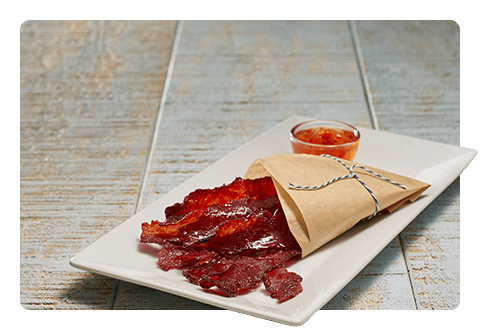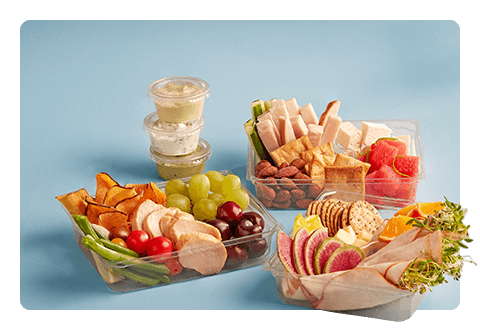How Smart Kitchens Are Changing Foodservice for the Better
June 2018
Technology changes every industry, and foodservice is no exception, as automated smart kitchens have become the next phase in an efficient operation. Thanks to the Internet of Things, modern operators are using mobile, cloud-based technologies to remotely control their appliances in a manner that ultimately results in higher profits. These advancements show no signs of slowing down, as Gartner Inc. estimates that smart appliances will offer food and beverage companies 15% in annual cost savings by 2020.
Incorporating equipment that can connect to the Internet into your kitchen allows for more precise inventory tracking, smoother communication between the front and back of house, more accurate food cost management, real-time equipment control and service requests, and much more. Here are some tools that operators are using to improve their bottom line:
- Kitchen Brains’ Quality Production Monitor tracks current sales alongside past ones. Managers can use this consumption data to save time and reduce costs by making educated decisions as to which menu items to prepare, when and how much.
- Integrated appliances, such as Rational combi ovens, allow chefs to program functions such as overnight cooking, grilling, roasting, smoking and more. They are also automatically enabled to perform self-diagnostics and, using BACnet, relay any issues back to the monitoring device for troubleshooting.
- Kitchen automation is becoming increasingly popular in restaurants for its ability to reduce stress with busy staff. By automating various processes, operators are reducing the likelihood of mistakes while ensuring that their cooking process runs more efficiently. These automated systems also help bridge the gap between the front and back of house, as waitstaff can be notified immediately when an order is ready. This establishes a system in which dishes are consistently delivered on time.
- Dynamic workflow management programs are helping develop a central hub for operators. When connected with the Internet, managers can observe tasks, workflow and daily operations in real time—no matter where they are.
Just because something is growing fast doesn’t necessarily mean it’s a great long-term investment. Smart kitchen manufacturers must be able to explain to operators exactly how their product will increase their profits—be it through durability, usability, reliability, scalability or all the above.
Have you come across any machines or apps that meet these criteria? Are you using them in your operation? Tell us about it on Facebook or LinkedIn. Don’t forget to visit our Resource Center for other useful operator trends.
SOURCES
Schnaidt, Patricia. Cooking with IoT in Commercial Kitchens, IoT Solution Provider, September 2016.
Brooks, Steve. Smart Kitchens Can Bring Restaurant Owners Some Relief, Restaurant Business, May 2018.
Kern, Merilee. ‘Internet of Things’ Insights for the Food Service Space, Modern Restaurant Management, May 2017.
Connecting the dots: how back of house tech is revolutionizing restaurants, Restaurant Magazine, May 2018.
New Trends In Smart Kitchen Equipment, Foodservice and Hospitality, April 2017.
























